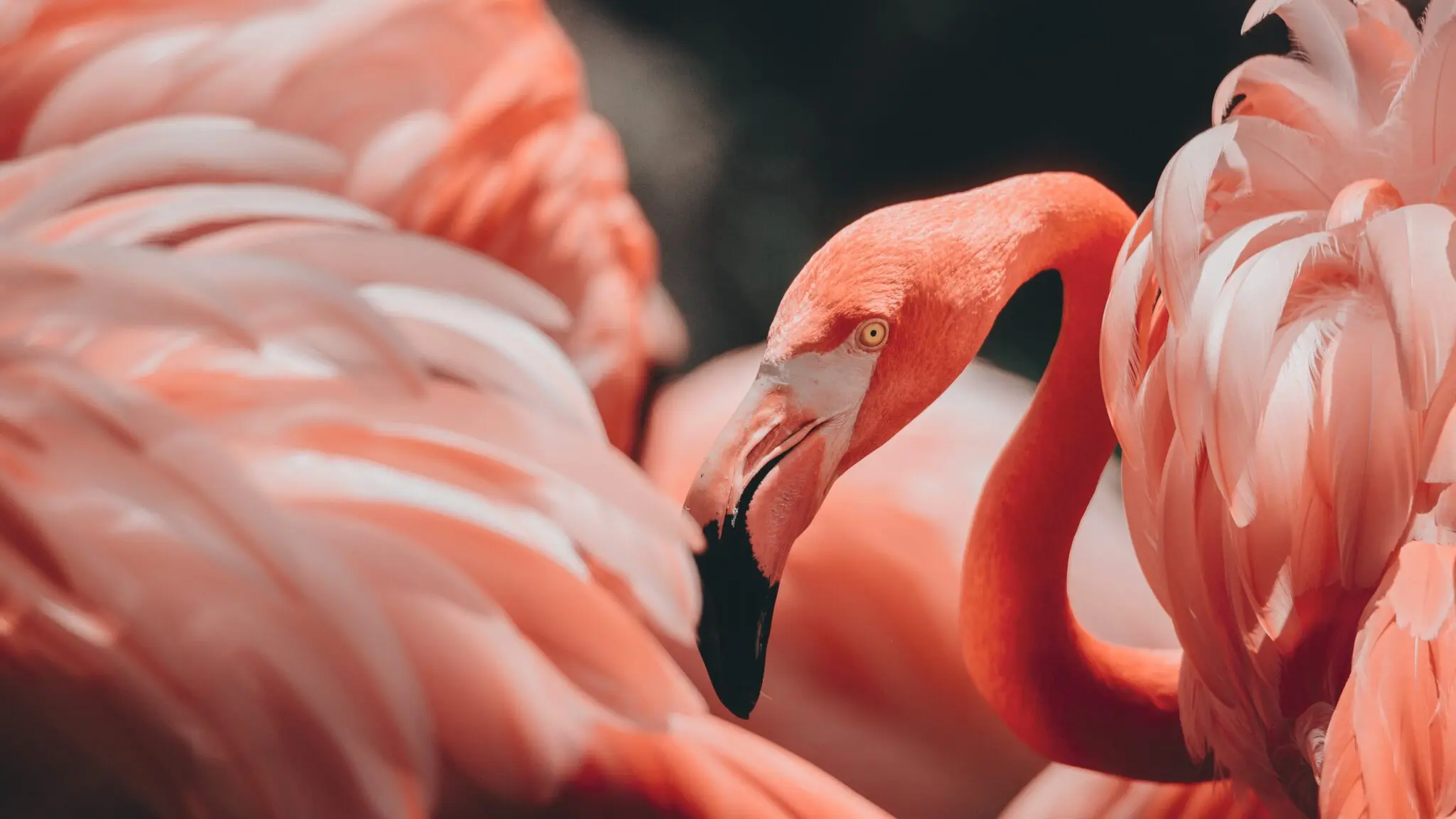Rajasthan
Flamingos at Rajasthan’s Sambhar Lake
- 06 Jun 2025
- 3 min read
Why in News?
Flamingos traditionally migrate to Sambhar Lake between November and March, but in 2025, they stayed significantly longer owing to abundant food supply and changing climate conditions that created a more favorable habitat.
Key Points
- Significant Rise in Bird Population:
- A census conducted in January 2025 recorded over 1.04 lakh migratory birds at Sambhar Lake, including large numbers of Lesser and Greater Flamingos—a substantial increase from 7,147 birds in 2024.
- This reflects better environmental conditions, which have enhanced the lake’s role as a crucial resting and feeding ground for migratory species.
- India hosts over 250 migratory bird species annually, with hotspots including Chilika Lake, Khichan, and Bharatpur.
- A census conducted in January 2025 recorded over 1.04 lakh migratory birds at Sambhar Lake, including large numbers of Lesser and Greater Flamingos—a substantial increase from 7,147 birds in 2024.
- Ecological Importance of Sambhar Lake:
- Sambhar Lake is a critical stopover along the Central Asian Flyway, one of the world’s major bird migration routes.
- It is a saline wetland, located in the Nagaur and Jaipur districts of Rajasthan, bordered by the Aravalli hills.
- It is the source of most of Rajasthan's salt production.
- It was designated a Ramsar site in 1990 due to its ecological significance.
Flamingos
- About: It belongs to the family Phoenicopteridae.
- There are six species of flamingo namely the Greater flamingo (state bird of Gujarat), Chilean flamingo, Lesser flamingo, Caribbean flamingo, Andean flamingo, and Puna flamingo that inhabit lakes, mudflats, and shallow lagoons in the Americas, Africa, Asia, and Europe.
- Distinctive Appearance: Known for their vibrant pink feathers, flamingos have long legs and necks, webbed feet, and a distinctive downward-curving bill adapted for filter-feeding.
- Flamingos' habitats and food sources change by location and season, causing their colors to range from dark or bright pink to orange, red, or pure white.
- Adaptations: Flamingos have adapted to extreme environments with high salinity and temperatures, where their predators are limited.
- Ecological Role: They play a crucial ecological role by maintaining the health of their habitats through their feeding activities, which affect nutrient cycling and algae populations.
- Conservation Status:
- IUCN Red List:
- Vulnerable: Andean flamingo (Pink Flamingo)
- Near Threatened: Lesser flamingo, Puna flamingo, and Chilean flamingo
- CITES: Appendix II
- Wildlife Protection Act,1972: Schedule II
- IUCN Red List:



.jpg)




